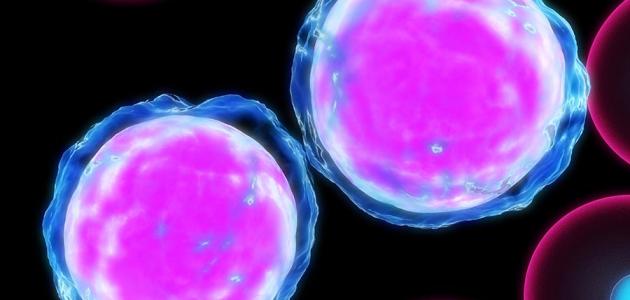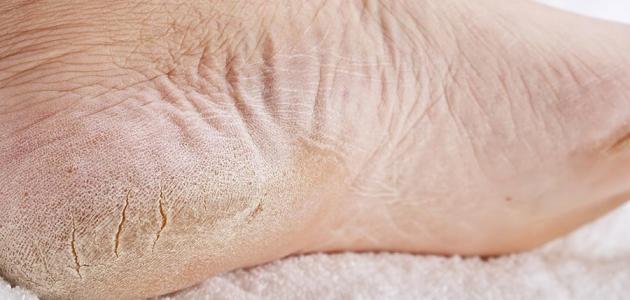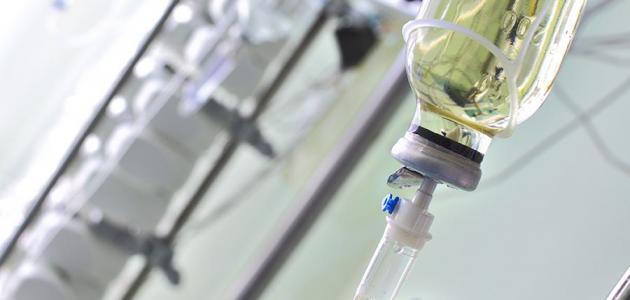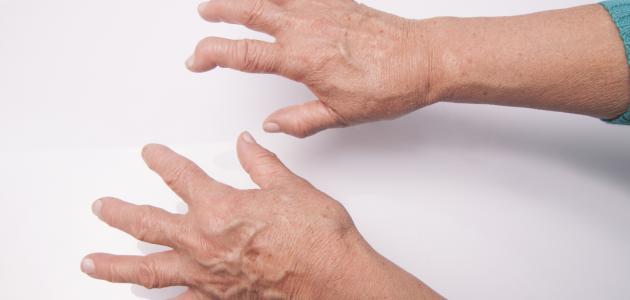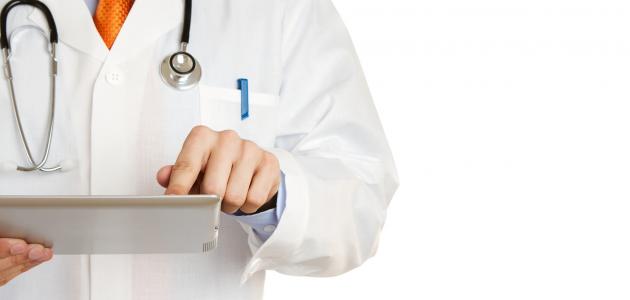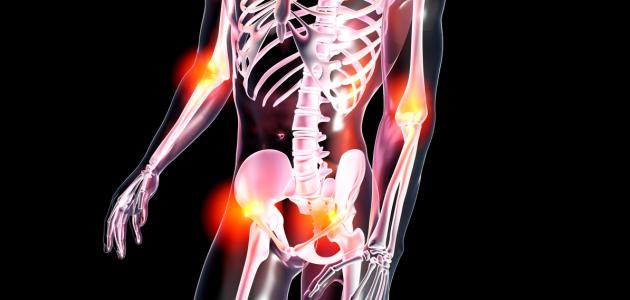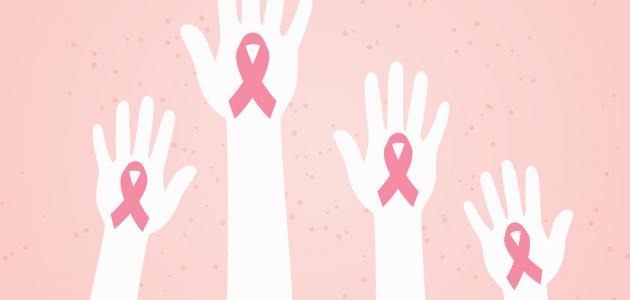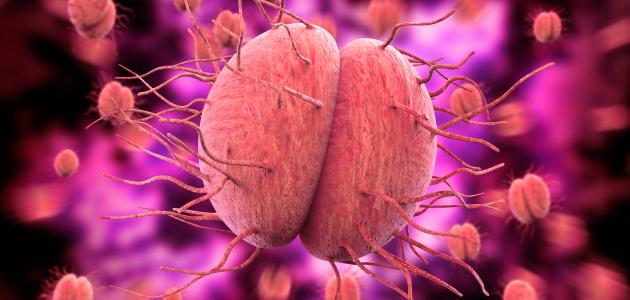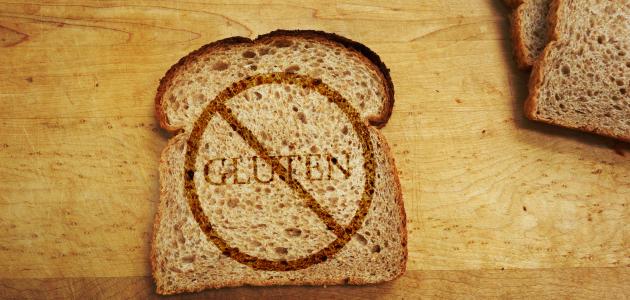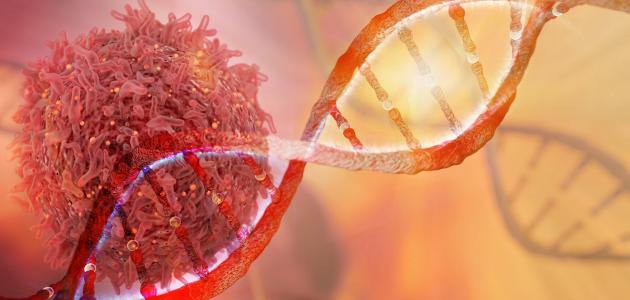Contents
Varicose veins
Can be defined as varicose veins as ropes swollen blue appear under the surface of the skin, and the areas most affected by the feet and legs, are varicose veins of common health problems, as it affects 23% of people in the United States of America, and It is worth noting that varicose veins are mostly harmless despite the fact that they sometimes cause pain, and most varicose veins are superficial, meaning that they affect the superficial veins because of the weakness of their muscles compared to the deep, and this does not preclude the possibility of afflicting the deep veins, and then the varicose veins are notClearly visible although it causes swelling and pain in the affected leg. In fact, the occurrence of varicose veins can be interpreted as a disorder of the vein valve, which causes blood to collect in the vein and the muscles of its walls lose the ability to push blood, and this in turn causes an increase in pressure in it, and this may explain the swelling of the affected vein. [1]
Symptoms of varicose veins
There are some symptoms and signs that may appear on people with varicose veins , including the following: [2]
- Swelling of the vein and its appearance in blue as mentioned above.
- Feeling of leg weight, especially after exercising and in the evening.
- The area bleeds longer than usual if it is injured or damaged.
- Lipodermatosclerosis, which is defined as the hardening of the subcutaneous fat that covers the area just above the ankle, causing skin atrophy.
- Expanding capillaries in the affected leg, causing what are known as spider veins.
- Swollen ankles .
- The skin surrounding the area affected by varicose veins has changed color to brown or blue.
- Feeling of leg cramps upon standing up suddenly.
- Stasis dermatitis, which is characterized by the presence of redness, dryness and itching in the affected area .
- Restless legs syndrome.
- White atrophy , which is the appearance of white spots that resemble scarring on the ankle.
Causes of varicose veins
There are some factors that cause varicose veins, and summarize them as follows: [3]
- Age: As the blood vessels lose their elasticity as a person ages, which causes them to expand and widen, and this may lead to weakness of the vein valves, which causes blood to collect in the vein and flow in the opposite direction.
- Pregnancy: The volume of blood in the body increases during pregnancy, but the blood flow from the lungs to the pelvis decreases, which causes the appearance of varicose veins, and the change in the level of hormones may play a role in their appearance during pregnancy , and it is worth noting that most cases of varicose veins cure without treatment within three to three Twelve months after birth.
Risk factors
There are some factors that increase the risk of developing varicose veins , including the following: [3]
- Gender: Women are more susceptible to varicose veins compared to men, and this can be explained by the fact that women go through stages in which hormone levels differ, as is the case during pregnancy, before the menstrual cycle , and upon reaching menopause, it is known that hormones help relax blood vessels. It is thought that taking birth control and replacement hormones may increase the risk of developing varicose veins.
- Family history: The appearance of varicose veins in one family member increases the risk of infecting other people.
- Obesity: Suffering from being overweight or obese puts additional pressure on the veins, which increases the risk of developing varicose veins.
- Sitting or standing for long periods: Not changing the position of the body for long periods causes disturbances in the bloodstream through the circulation , which in turn increases the risk of developing varicose veins.
Treatment of varicose veins
In fact, varicose veins are not often treated , but in the event that they cause discomfort and pain, treatment can be used to relieve symptoms and control complications, and treatment options include the following: [4] [5]
- Self-care: In cases where the specialist intends to treat the injured person, he often recommends following self-care tips for about six months, and among these tips are the following:
- Get regular exercise .
- Avoid standing for long periods.
- Raise the affected leg when lying down and rest .
- The use of compression stockings after asking the doctor and consulting him, because they are not suitable for all patients, so it is necessary to undergo a test to check whether they are suitable for the patient, and despite their ability to reduce the symptoms and signs that the patient is complaining about, their effect on Preventing the progression of varicose veins and their worsening and preventing the emergence of new varicose veins is not clear until now. And if they are used, they must be changed and replaced every three to six months, and it is worth noting that they must be washed with warm water and dried away from direct heat sources, and it is worth noting that compression socks should be worn in the morning when waking up until the evening before going to sleep .
- Medical care: In cases where the victim does not respond to self-care, some other treatment options can be resorted to, including the following:
- Sclerotherapy, this type of treatment does not require anesthesia for the patient, and the doctor can perform it in his office, and it includes injecting the damaged vein with a substance, and one vein may need to inject it more than once.
- Laser surgery, in this type of doctors use powerful light waves without making any incisions or incisions.
References
- ↑ "Understanding Varicose Veins - the Basics" , www.webmd.com , Retrieved February 22, 2018. Edited.
- ↑ Christian Nordqvist (14 December 2017), "What can I do about varicose veins?" , Www.medicalnewstoday.com , Retrieved February 22, 2018. Edited.
- ^ A b "Varicose Veins" , Www.mayoclinic.org , Retrieved February 22, 2018. Edited by .
- ↑ "Varicose veins" , www.nhs.uk , Retrieved February 22, 2018. Edited.
- ↑ "Varicose veins" , www.mayoclinic.org , Retrieved February 23, 2018. Edited.


